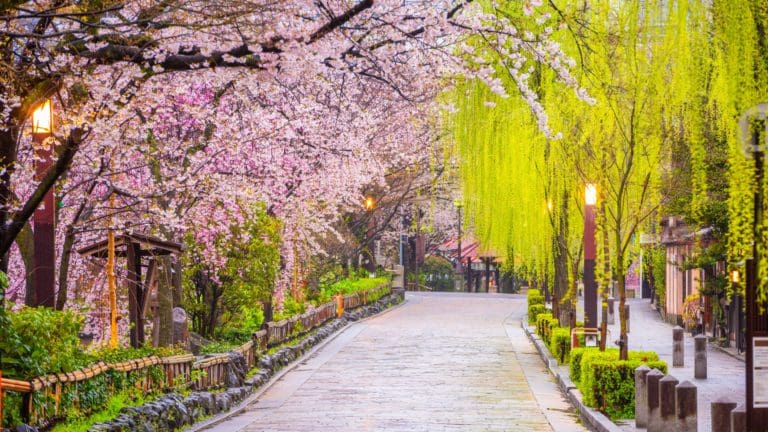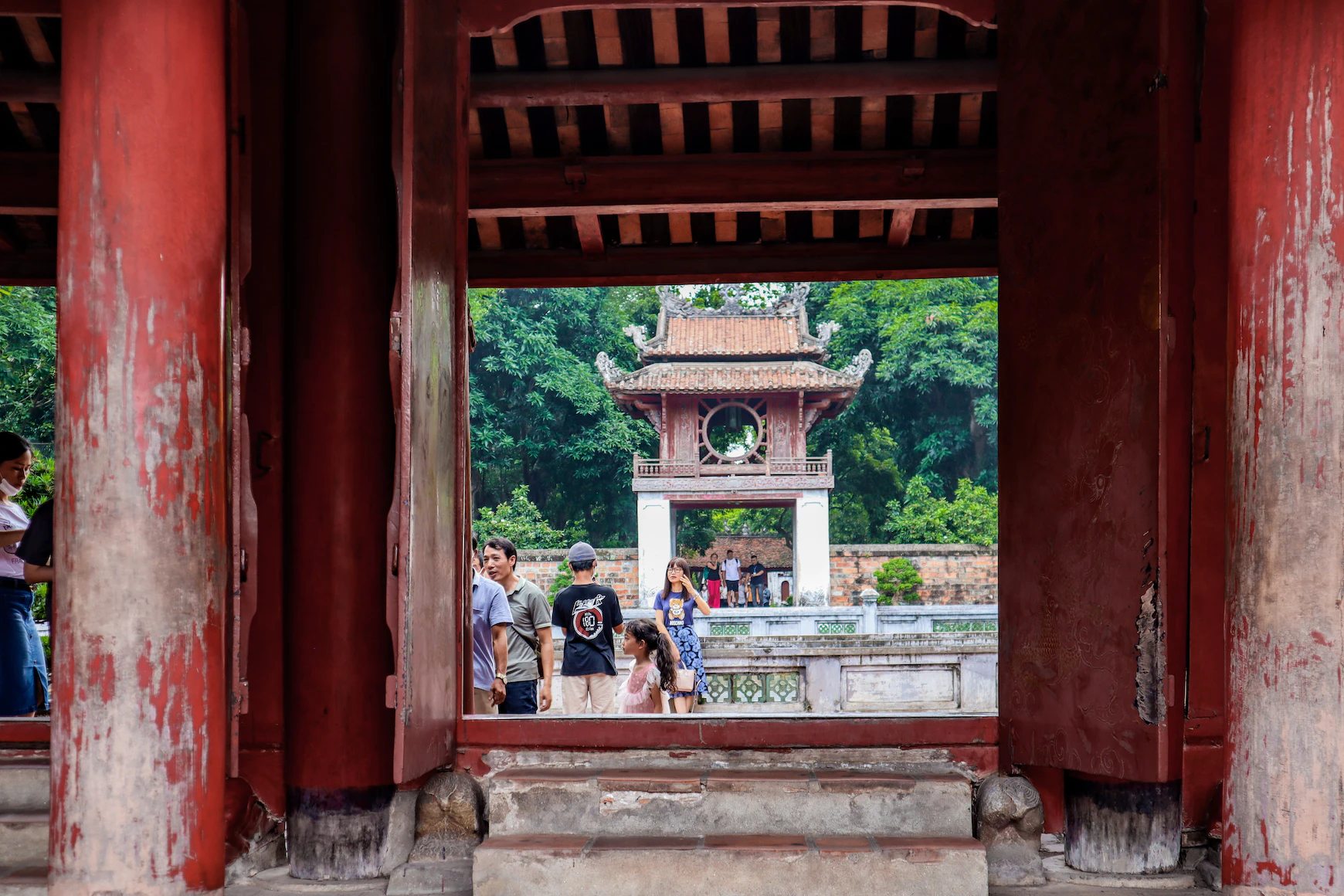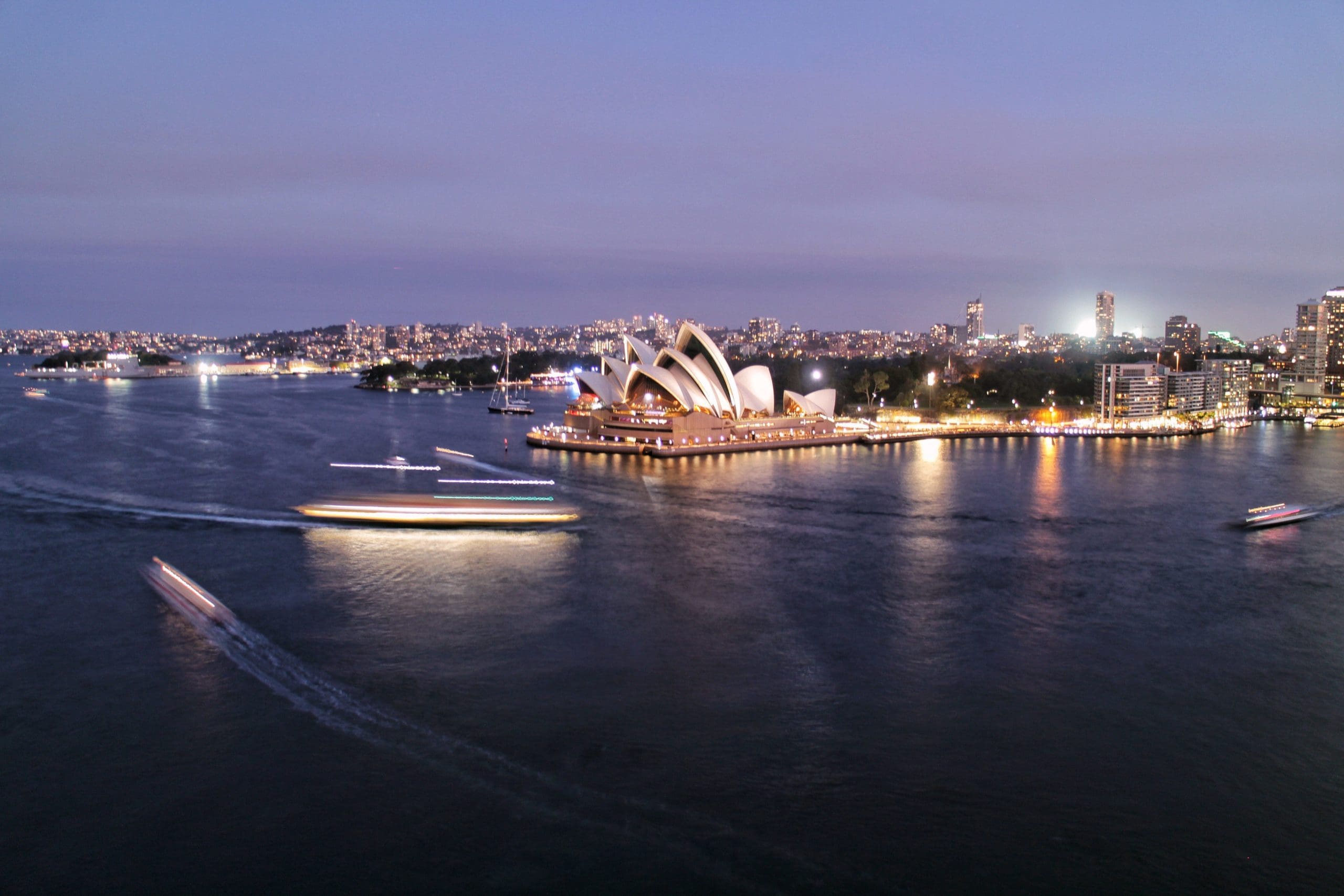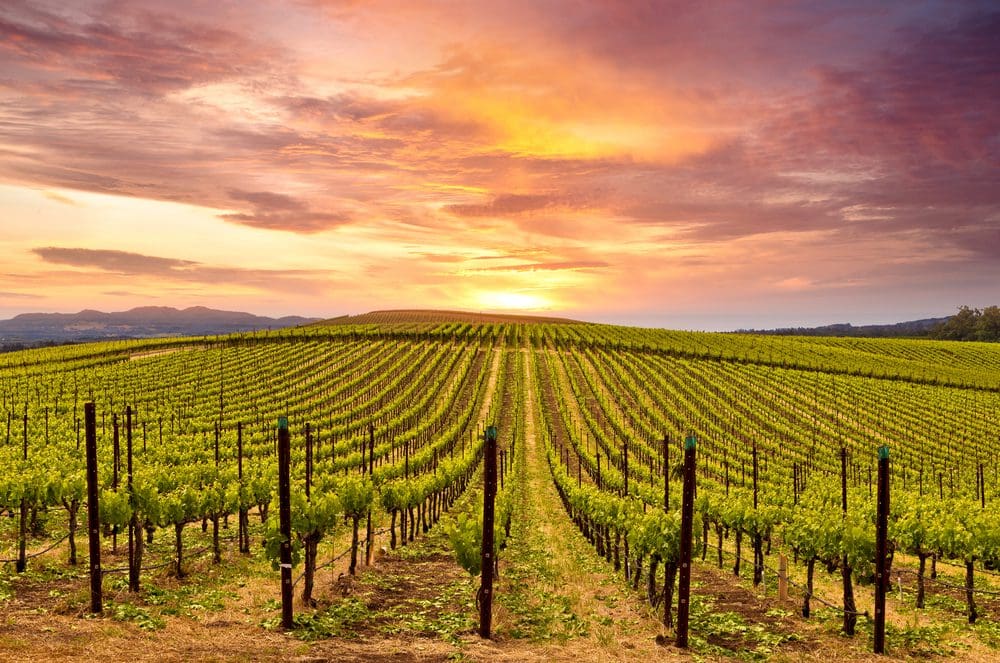Menu
Kyoto is a city in Japan that was the imperial capital of Japan for over a thousand years, from 794 to 1868. It is known for its temples, shrines, and traditional architecture, such as the famous Kinkaku-ji temple, also known as the “Golden Pavilion.” Kyoto is also a UNESCO World Heritage Site and is a popular tourist destination for both domestic and international visitors. The city is also a major center for traditional arts and crafts, including kyō-machiya (traditional townhouses) and kimono.
Kyoto is a must-visit destination for several reasons:
Cultural and historical significance: As the former imperial capital of Japan, Kyoto is home to many important cultural and historical sites, including over 2,000 temples and shrines. These sites offer a glimpse into the rich history and traditional culture of Japan.
Beautiful architecture: Kyoto is known for its traditional architecture, including wooden townhouses and temples with intricate carvings and gold leaf details. The city is also home to several UNESCO World Heritage Sites, such as the Kinkaku-ji temple and the Ginkaku-ji temple.
Art and craft: Kyoto is a major center for traditional arts and crafts, including kyō-machiya, kimono, and pottery. The city is also home to several museums and art galleries, showcasing the work of local artisans.
Natural beauty: Kyoto is surrounded by picturesque mountains and is home to several beautiful gardens and parks, such as the Arashiyama Bamboo Grove and the Philosopher’s Path.
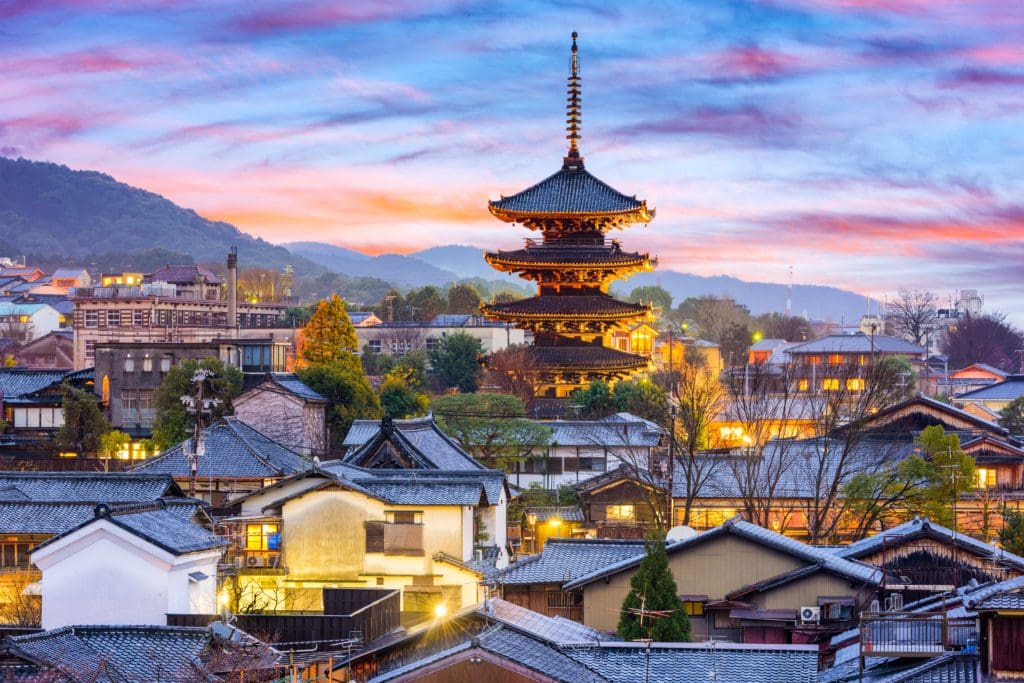
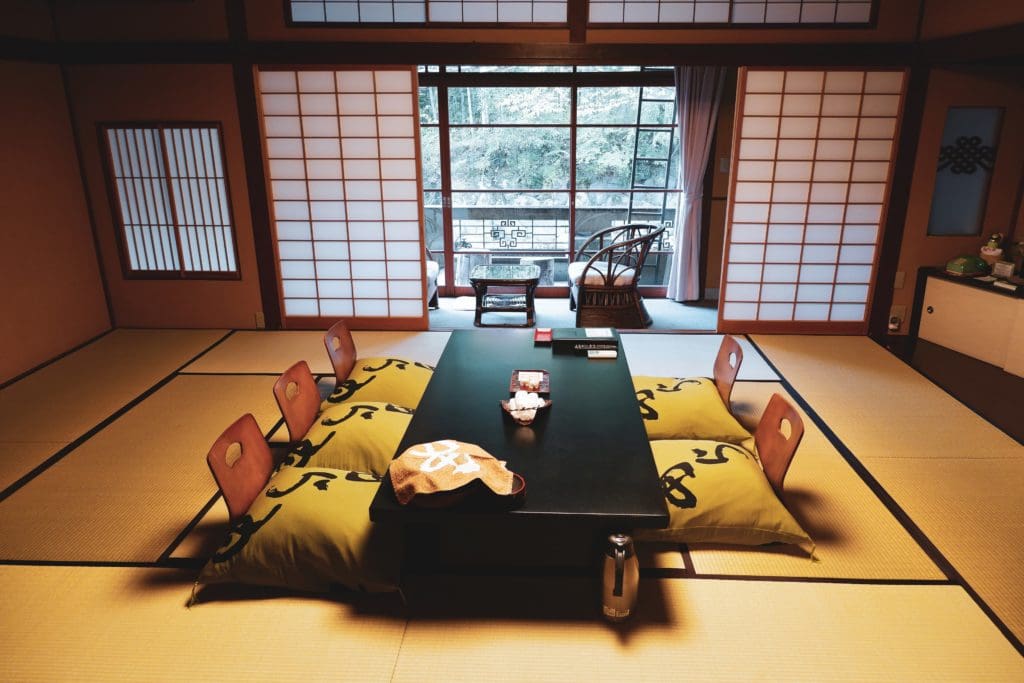
Kyoto is a suitable destination for a wide range of travelers, including families, couples, solo travelers, and groups of friends.
However, while Kyoto is a great destination, it is not necessarily suitable for everyone. Some things to consider are:
Accessibility: Some temples and shrines in Kyoto are located on steep hills or have many steps, which may make them difficult to access for travelers with mobility issues.
Weather: Kyoto can be quite hot and humid in the summer months, which may be uncomfortable for some travelers. The winter can be chilly, specially for those who are not used to colder weather.
Budget: Kyoto can be quite expensive, especially when it comes to accommodation and dining. The city is also famous for its luxury ryokans, which are traditional Japanese inns, but they can be very costly.
Language barrier: While many people in Kyoto speak at least some English, it’s not as common as in other tourist destinations, so it may be more difficult for travelers who do not speak Japanese to navigate the city.
Spring (March to May): Spring is the best time to see the cherry blossoms in Kyoto, which usually start blooming in late March and peak in late April. The city is also home to many beautiful gardens, such as the Philosopher’s Path, which are at their best during this time of year.
Summer (June to August): Summer is the busiest and most crowded season in Kyoto, and it can also be quite hot and humid. However, this is also the best time to see the traditional Aoi Matsuri festival in early May, and the Gion Matsuri in July.
Fall (September to November): Fall is a popular time to visit Kyoto as the leaves change color, creating a beautiful backdrop for the city’s temples and shrines. This season is also known for its mild weather, making it comfortable for visiting and walking around the city.
Winter (December to February): Winter is the least crowded season in Kyoto, but it can also be quite cold. However, it’s also the best time to see the illuminations at temples and shrines, which are usually held in December and January.
